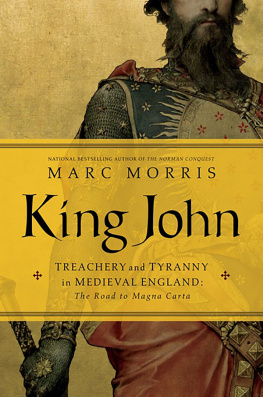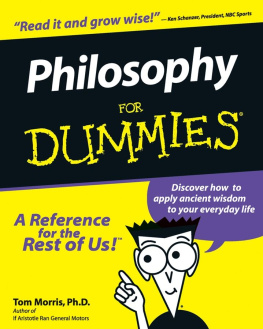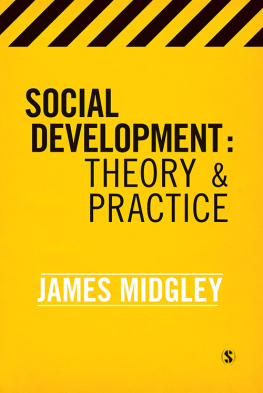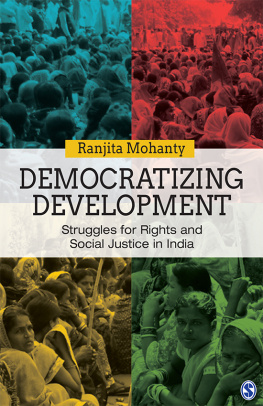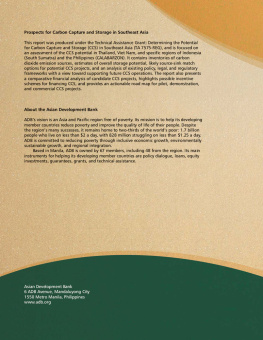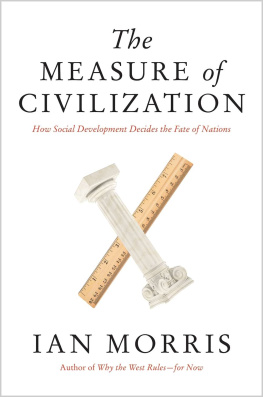
The MEASURE of CIVILIZATION
The MEASURE of CIVILIZATION

How Social Development Decides the Fate of Nations
IAN MORRIS
PRINCETON UNIVERSITY PRESS
PRINCETON AND OXFORD
Copyright 2013 by Ian Morris
Requests for permission to reproduce material from this work should be sent to Permissions, Princeton University Press
Published by Princeton University Press, 41 William Street, Princeton, New Jersey 08540
In the United Kingdom: Princeton University Press, 6 Oxford Street, Woodstock, Oxfordshire OX20 1TW
press.princeton.edu
All Rights Reserved
Library of Congress Cataloging-in-Publication Data
Morris, Ian, 1960
The measure of civilization : how social development decides the fate of nations / Ian Morris.
p. cm.
Includes bibliographical references and index.
ISBN 978-0-691-15568-5 (cloth : alk. paper) 1. Social structure. 2. Social history. 3. Economic history. I. Title.
HM706.M67 2012
306.09dc23
2012026350
British Library Cataloging-in-Publication Data is available
This book has been composed in Stempel Garamond
Printed on acid-free paper.
Printed in the United States of America
10 9 8 7 6 5 4 3 2 1
For my father
CONTENTS

ILLUSTRATIONS

TABLES

PREFACE

THE MEASURE OF CIVILIZATION IS A COMPANION VOLUME to my earlier book Why the West RulesFor Now. It is a very different kind of book, though. In Why the West Rules, I tried to tell the story of social development across the last fifteen thousand years; here, I describe the evidence and methods I used in constructing the index of social development that lay behind that story.
Like many books, this one has grown out of conversations that have been going for years. I was introduced to the idea of social evolution when I was a graduate student at Cambridge (UK) in the early 1980s, and have been talking and thinking about it, in fits and starts, ever since. Along the way I have incurred debts to many people, and I would particularly like to thank Daron Acemoglu, James Anderson, John Bennet, Francesca Bray, Mat Burrows, Ewen Cameron-Watt, John Cherry, Eric Chinski, David Christian, Jack Davis, Stephan de Spiegeliere, Jared Diamond, Al Dien, Tom Gallant, Peter Garnsey, Banning Garrett, Jack Goldstone, Deborah Gordon, Steve Haber, John Haldon, Paul Halstead, Ian Hodder, Agnes Hsu, Parag Khanna, Karla Kierkegaard, Kristian Kristiansen, David Laitin, Michael Lssig, Mark Lewis, Anthony Ling, Li Liu, Angus Maddison, Alessio Magnavacca, Paolo Malanima, Joe Manning, Michael McCormick, Tom McLellan, Joel Mokyr, Suresh Naidu, Reviel Netz, Doug North, Josh Ober, Isaac Opper, Anne Porter, Michael Puett, Kumar Ramakrishna, Anna Razeto, Colin Renfrew, Jim Robinson, Richard Saller, Walter Scheidel, Glenn Schwartz, Hugo Scott-Gall, Steve Shennan, Dan Smail, Vaclav Smil, Larry Smith, Mike Smith, Anthony Snodgrass, Peter Temin, Nick Thomas, Peter Turchin, Barry Weingast, Todd Whitelaw, James Whitley, Greg Woolf, and Norm Yoffee. All of them have helped me see things differently. I hope they will think that I have put their advice to good use.
I would never have written The Measure of Civilization without the encouragement of Rob Tempio at Princeton University Press and Daniel Crewe at Profile Books, who saw a book where I had seen only a dataset; without the guidance of Sandy Dijkstra and Arabella Stein, who brought everyone together; without the support and patience of Kathy St. John; or without the example of my father, Noel Morris, who taught me early on that it pays to count things.
Singapore
April 2012
The MEASURE of CIVILIZATION
CHAPTER 1

INTRODUCTION: QUANTIFYING SOCIAL DEVELOPMENT
THE PROBLEM
A quarter of a millennium ago, intellectuals in Western Europe discovered that they had a problem. As problems went, theirs was not a bad one: they appeared to be taking over the world, but did not know why. The explanations that eighteenth-century theorists came up with varied wildly, although the most popular ideas all held that since time immemorial, something had made the West different from the rest and determined that Europe would one day dominate the world.
In the early twenty-first century, these ideas are still with us, albeit in heavily modified forms. The most influential argument, now as in the eighteenth century, is probably the theory that Europeans are the heirs to a distinctive and superior cultural tradition.
A second strand of eighteenth-century thought credited environment and climate with making Europeans more energetic and creative than other people, and this too has plenty of modern champions.
These theories all took shape in the eighteenth century, when the explosion of European wealth and power cried out for explanation; and it was only in the later twentieth century, when East Asia was experiencing a similar explosion, that serious challenges emerged. As Japan, the Asian Tigers, and China developed into major economic powers, more and more scholars concluded that theories explaining Wests success through long-term cultural, environmental, or racial causes simply could not be right. The big story in world history, they began suggesting, was not the long-term, inexorable rise of the West; it was the tale of a multipolar world, which the West had only recently, temporarily, and perhaps even accidentally come to dominate.
These new ideas are even more varied than the old long-term lock-in theories. The most extreme versions argue that the eighteenth-century theorists got things exactly back to front. According to the new theories, it was in fact China that had a long-term lock-in on global dominance, and only a bizarre series of accidents briefly tipped things in Europes favor.
The argument over the causes and consequences of Western power has attracted enormous interest, but the champions of the different theories often seem to be talking past one another. They regularly define key terms in different ways, use different kinds of evidence, and apply different standards of proof. As a result, the antagonists rarely agree on exactly what they are trying to explain, let alone how to do the explaining.
As I see it, the real question at issue is about what I would call social development, by which I mean social groups abilities to master their physical and intellectual environments and get things done in the world. Defenders of the new versions of the eighteenth-century theories tend to argue that Western social development has been higher than that in other parts of the world for hundreds or even thousands of years; their critics tend to argue that Western development pulled ahead only in the past half dozen generations. It seems to me that if we really want to explain why the West rules, we need to measure social development and compare it across time and space. Only when we have established the basic pattern of the history of social development can we start asking why it takes the form it does.
Next page




